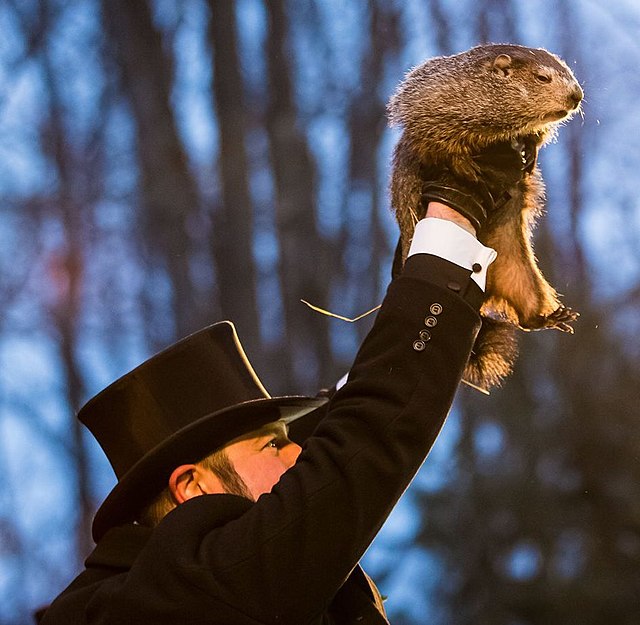Climate change: a history
December 18, 2021
Devastating wildfires, hurricanes, flooding, and droughts. Within the last 20 years, hundreds of natural disasters have left devastation all over the globe, and almost all have been fueled by climate change.
Though the discussion of climate change has become more vocal in recent years, these issues have been increasing in severity since as early as the 1600s.
“The burning of fossil fuels like coal, oil, and gas for electricity, heat and transportation is the primary source of human-generated emissions,” Illinois Environmental Council Communications Director Tucker Barry said.
Beginning in the 1800s during the industrialization period, greenhouse gases such as carbon dioxide, methane and nitrous oxide began to trap the sun’s heat in Earth’s atmosphere, creating the “greenhouse effect.”
According to Climatepolicywatcher.org, “Many scientists believe that with the dawn of the industrial age, humans began to significantly add to the amounts of carbon dioxide and other greenhouse gases in the atmosphere, enhancing the planet’s natural greenhouse effect and causing higher temperatures.”
Between the industrial revolution and advancing technology throughout the late 1800s and 1900s, humans began incorporating the use of harmful chemicals into everyday life.
Mass production of automobiles began in the early 1900s, when the Model T Ford hit the road. Just seven years later, Ford was selling 500,000 cars a year. This caused a high demand for oil.
According to Carbusters.org, “Automobiles create about 33% of all U.S. air pollutants in the forms of carbon dioxide, smog and several other toxic chemicals and gases. These air pollutants are released from the tailpipes, which means that humans immediately breathe in the contaminated air now compromising human health making it a more crucial issue to address.”
Beginning in 1958, climatologists began to measure the levels of carbon dioxide in the atmosphere, which were found to be steadily increasing. Though the 1960s were the first warning signs of serious, detrimental effects on Earth caused by pollution, many people, including climate experts, could not agree on climate trends or their causes.
According to History.aip.org, “For most of the 1960s, science popularizations were dismally confused. A magazine might one year predict a tropical world with cities drowned by rising oceans, and the following year warn of cities overwhelmed by gigantic glaciers. It was uncomfortably obvious that experts could not agree about the actual trend of climate change, let alone its possible causes.”
Throughout the 60s and early 70s, scientists were unable to come to an agreement; they disputed whether climate change was the fault of man, or if it was merely just Earth’s natural climate patterns.
“The earth has gone through warming periods and ice ages naturally even before humans dominated the earth,” environmental science teacher Jason Kelner said. “The main difference in the last century is that the warming process is happening much quicker because of humans.”
Since then, greenhouse gases in the atmosphere have skyrocketed. With the use of unregulated gasses, Earth’s ozone layer has depleted at a rapid rate. With a depleting ozone layer, ultraviolet radiation reaches Earth’s surface, which increases the rate of skin cancer, eye cataracts, and genetic and immune system damage.
According to The Department for Environment Food and Rural Affairs, “ Since the early 1980s, the ozone hole has formed over Antarctica during every Southern Hemisphere spring (September to November), in which up to 60 percent of the total ozone is depleted. Since the early 1990s, ozone depletion has also been observed over the Arctic, with the ozone loss from January through late March typically being 20-25% in most of the recent years.”
As society progresses into the 21st century, climate change has only worsened. Due to fluctuating temperatures, rising sea levels and loss of habitats; The United Nations climate report says Earth only has about 12 years until climate change is completely irreversible.
“Our way of life is currently unsustainable.” biology teacher Rachel Kieft said. “Either we make decisions on how we change our lives to help stop climate change, or nature will do it for us.”







